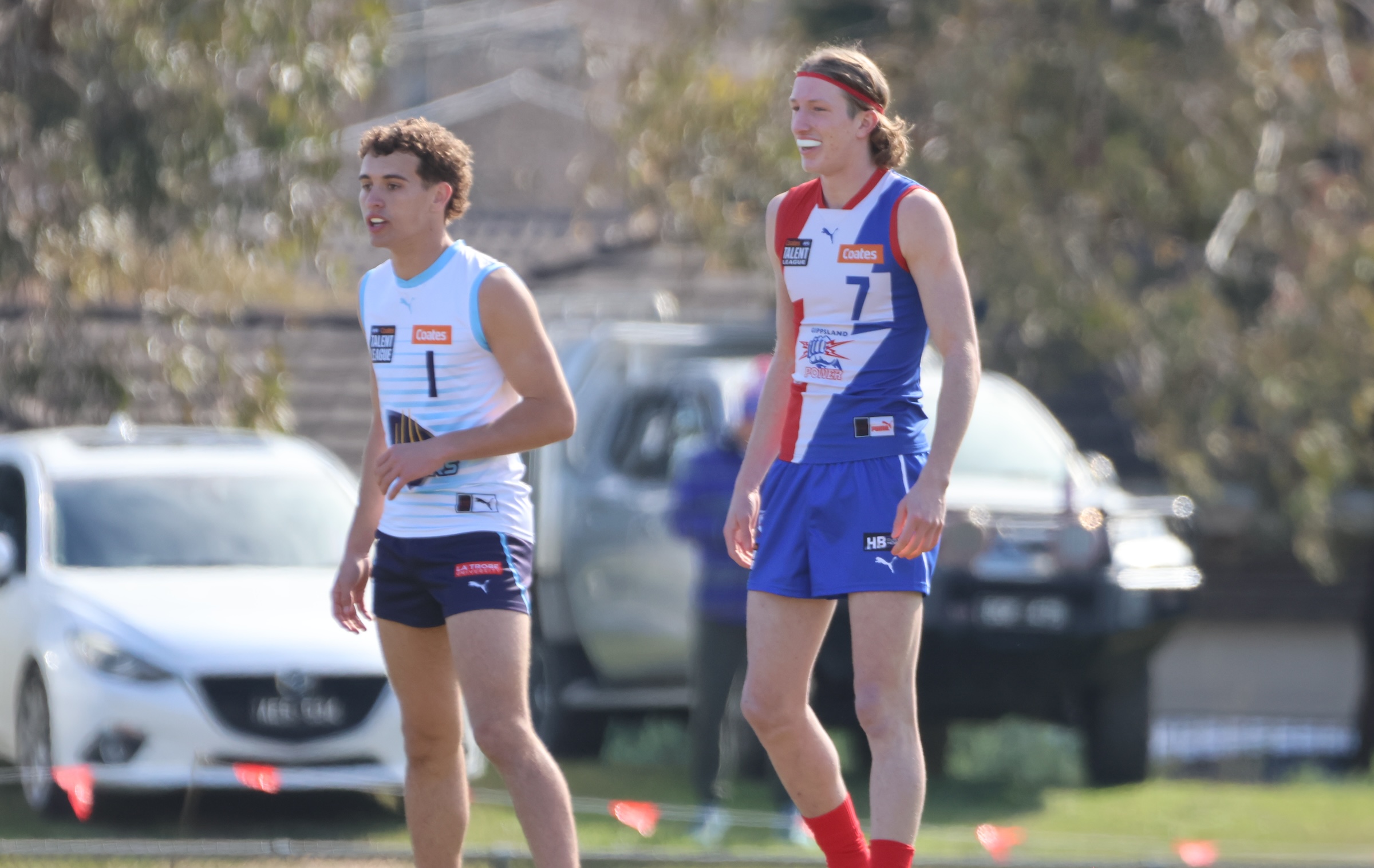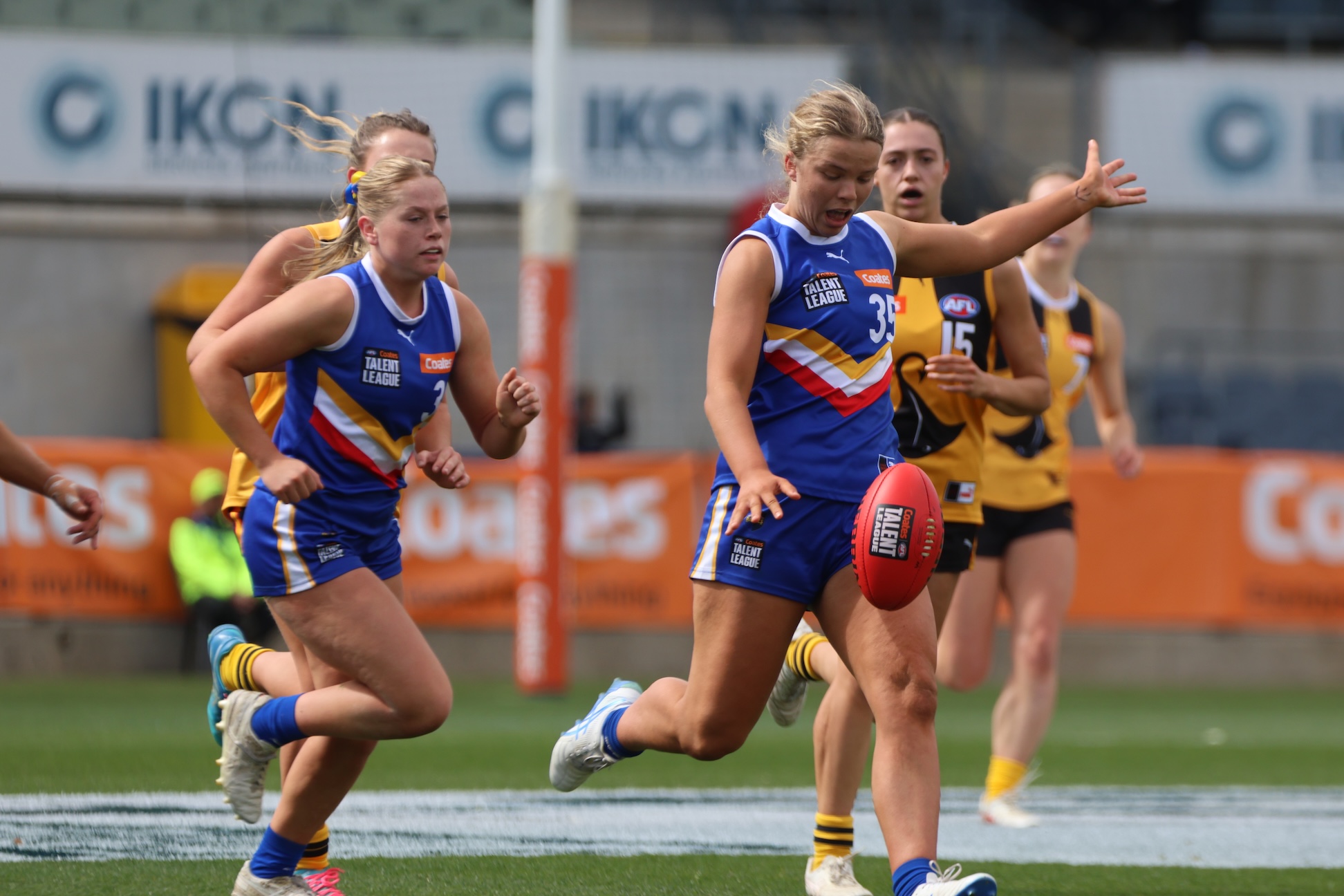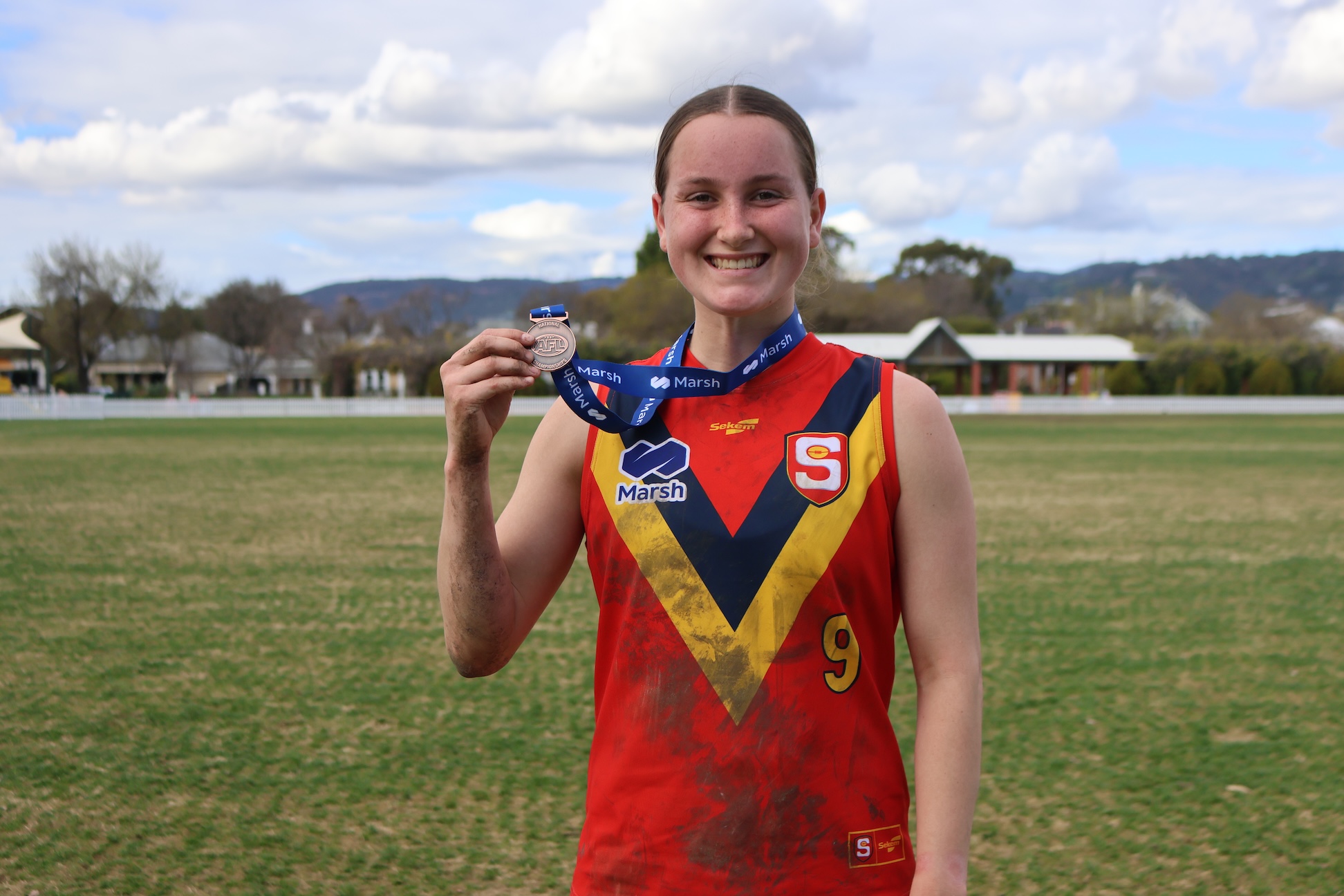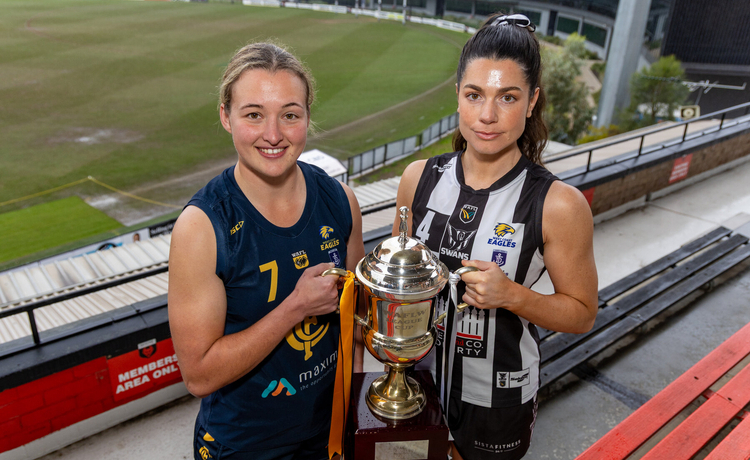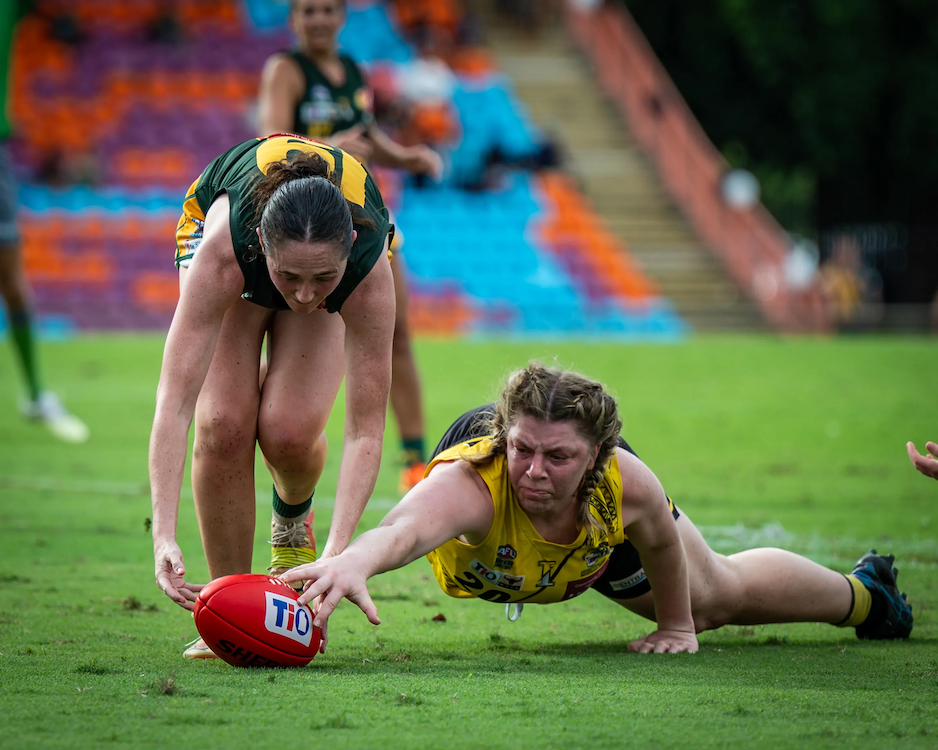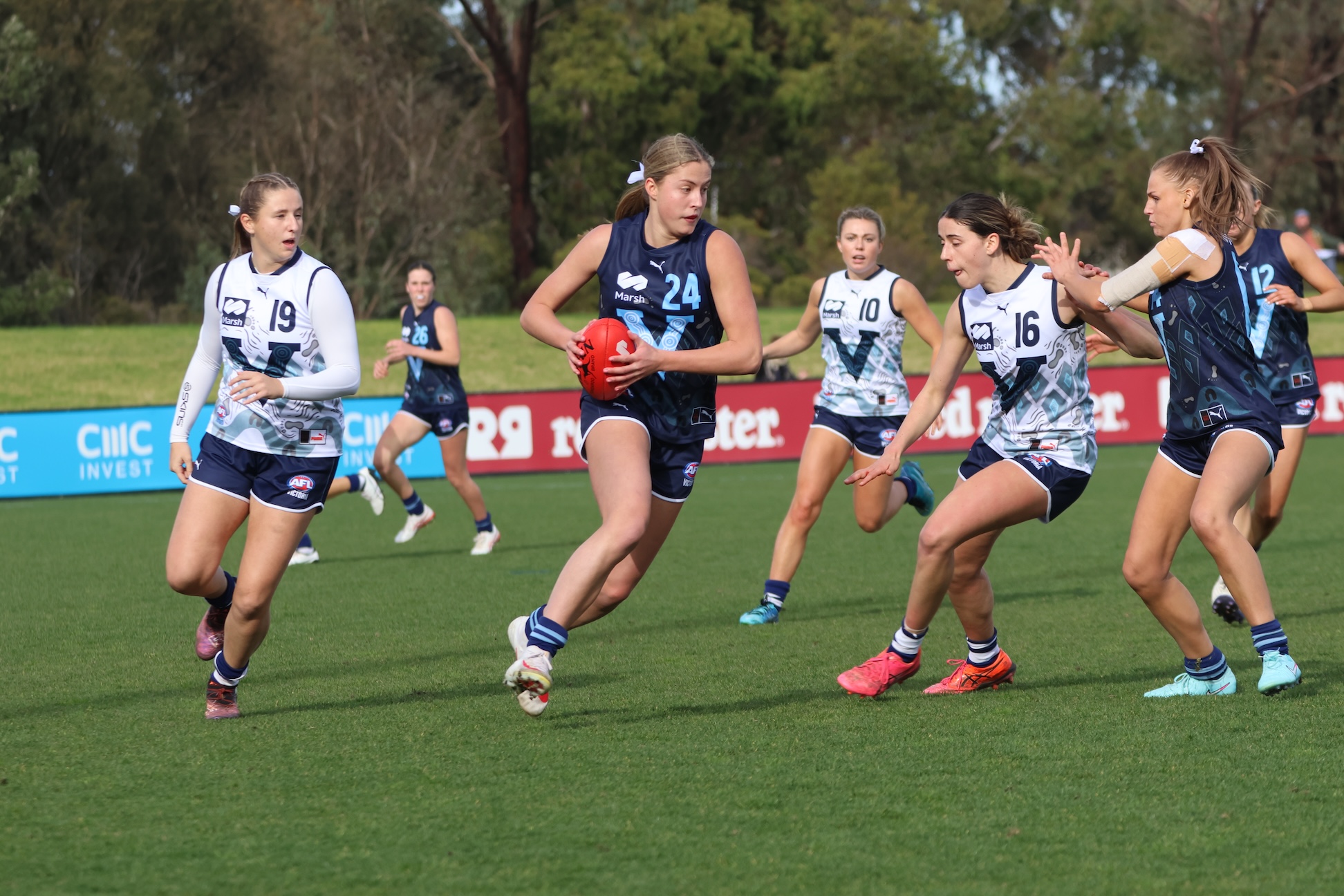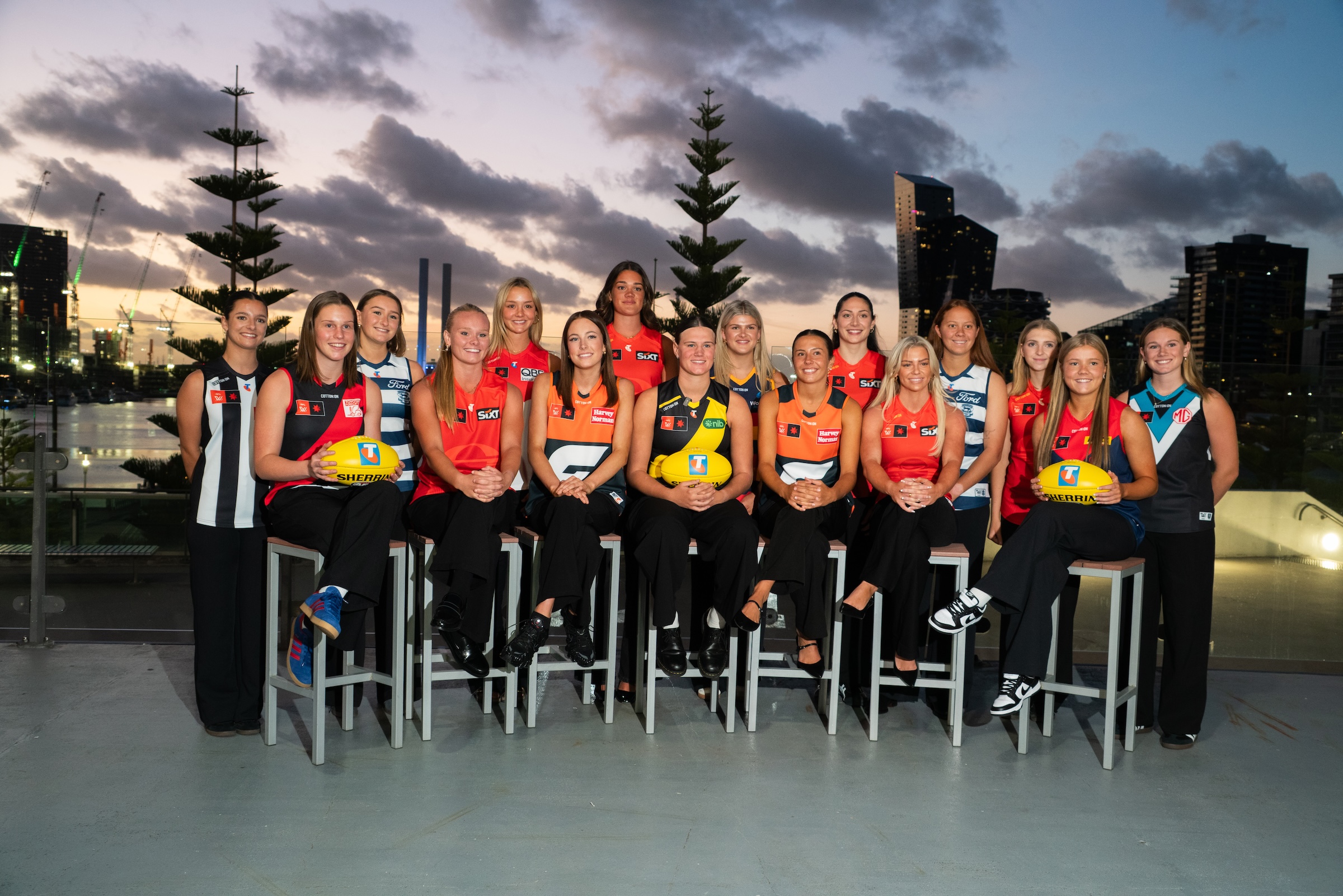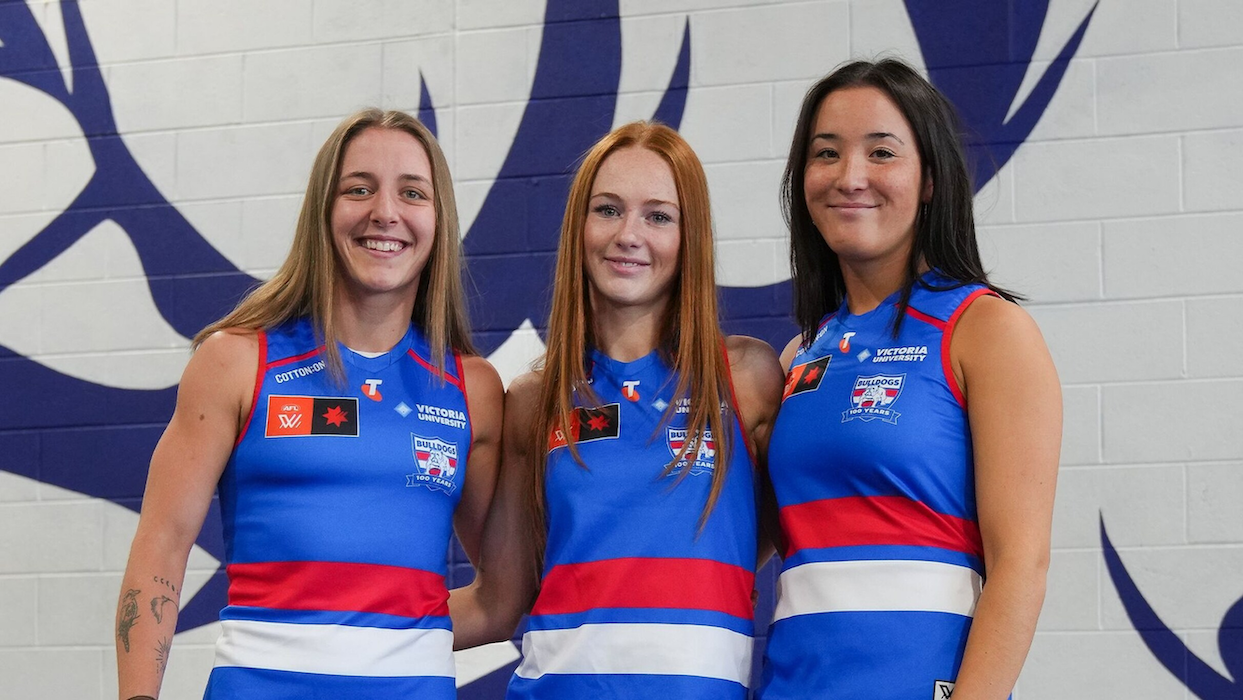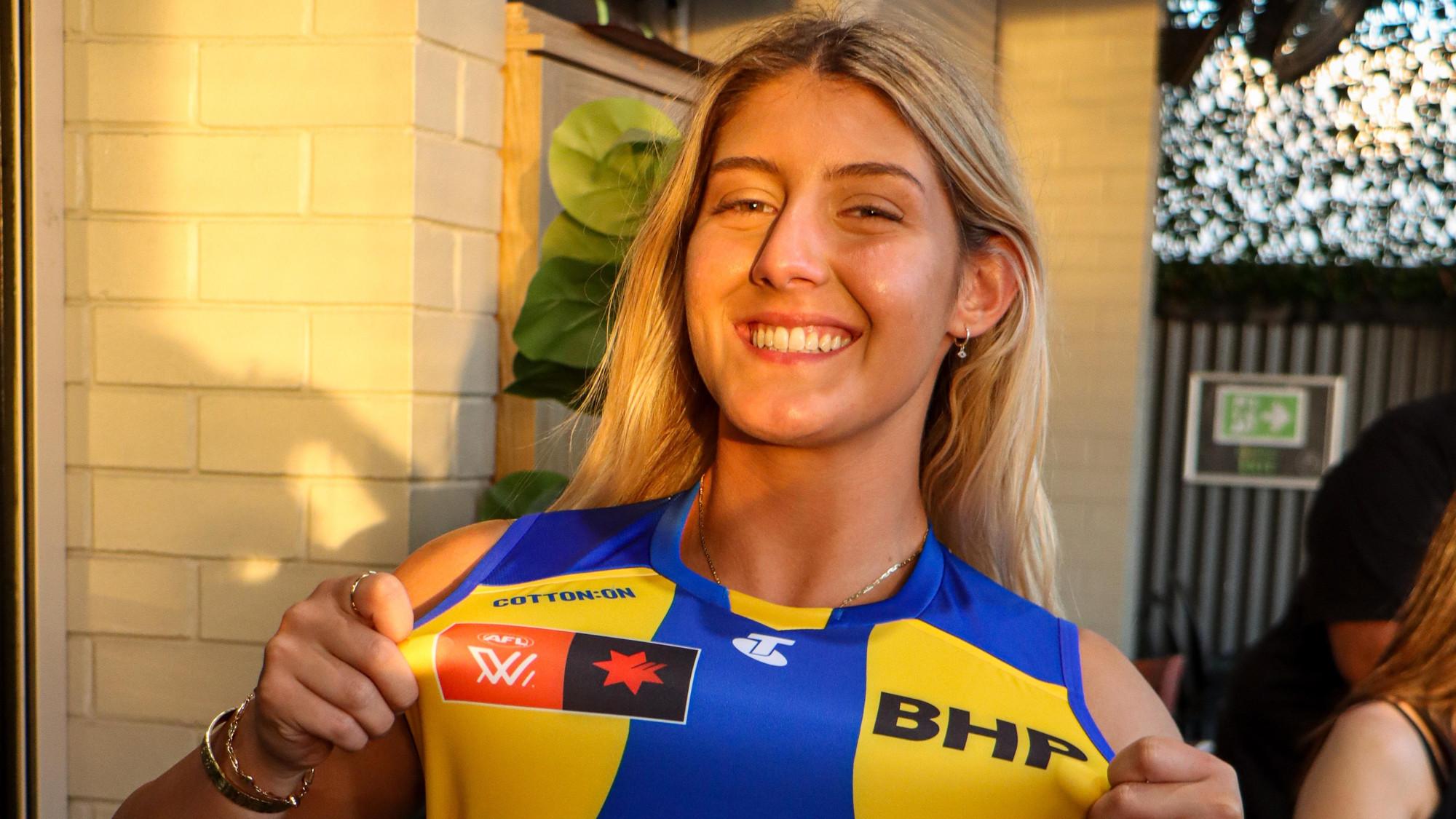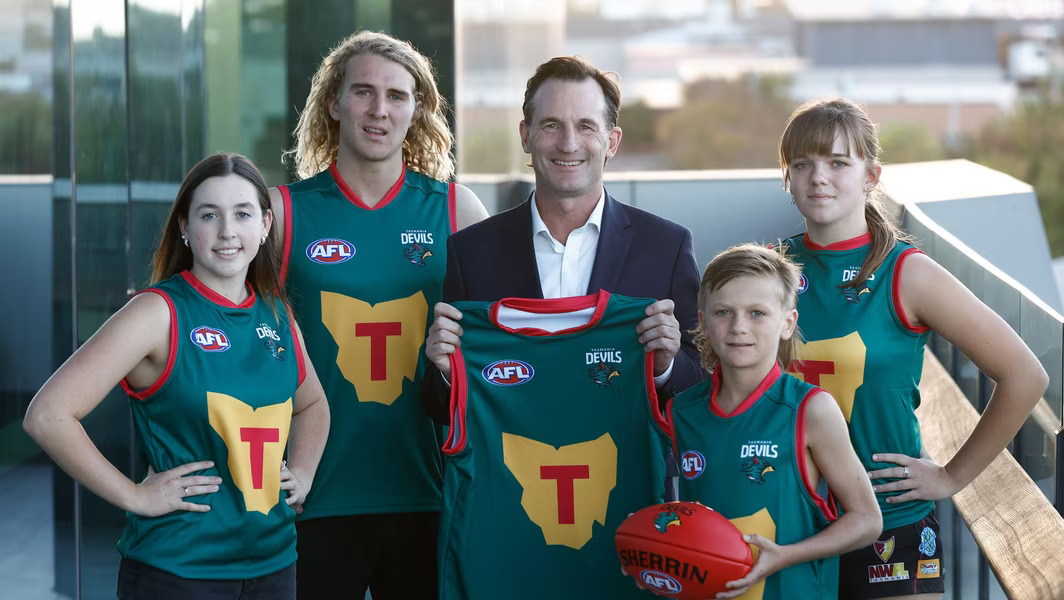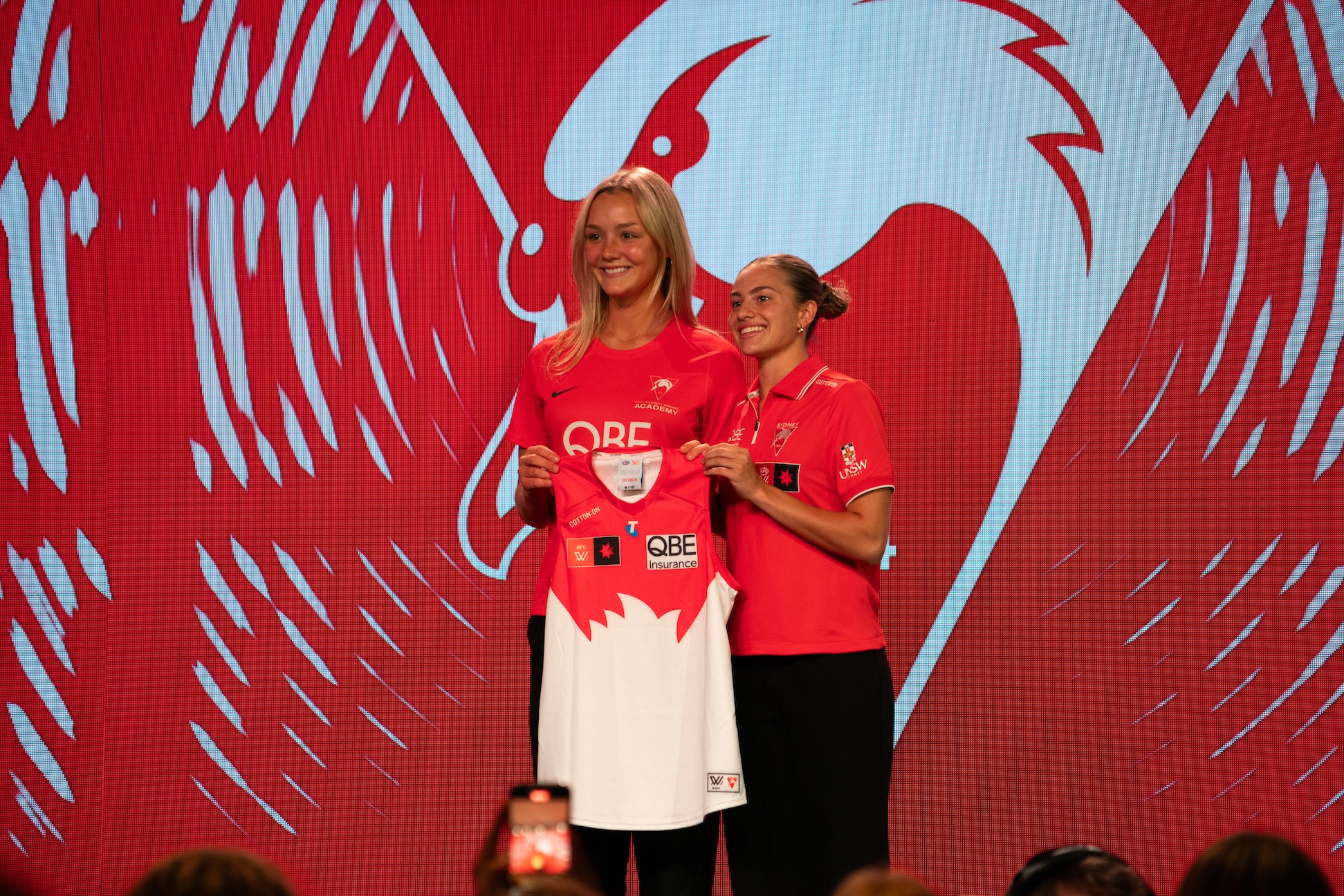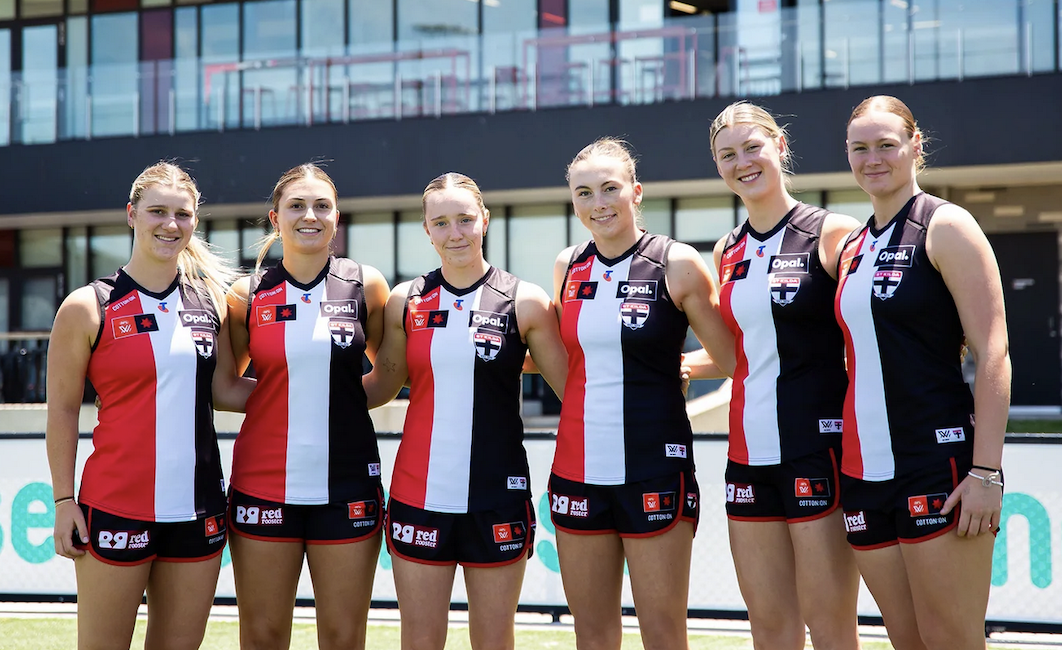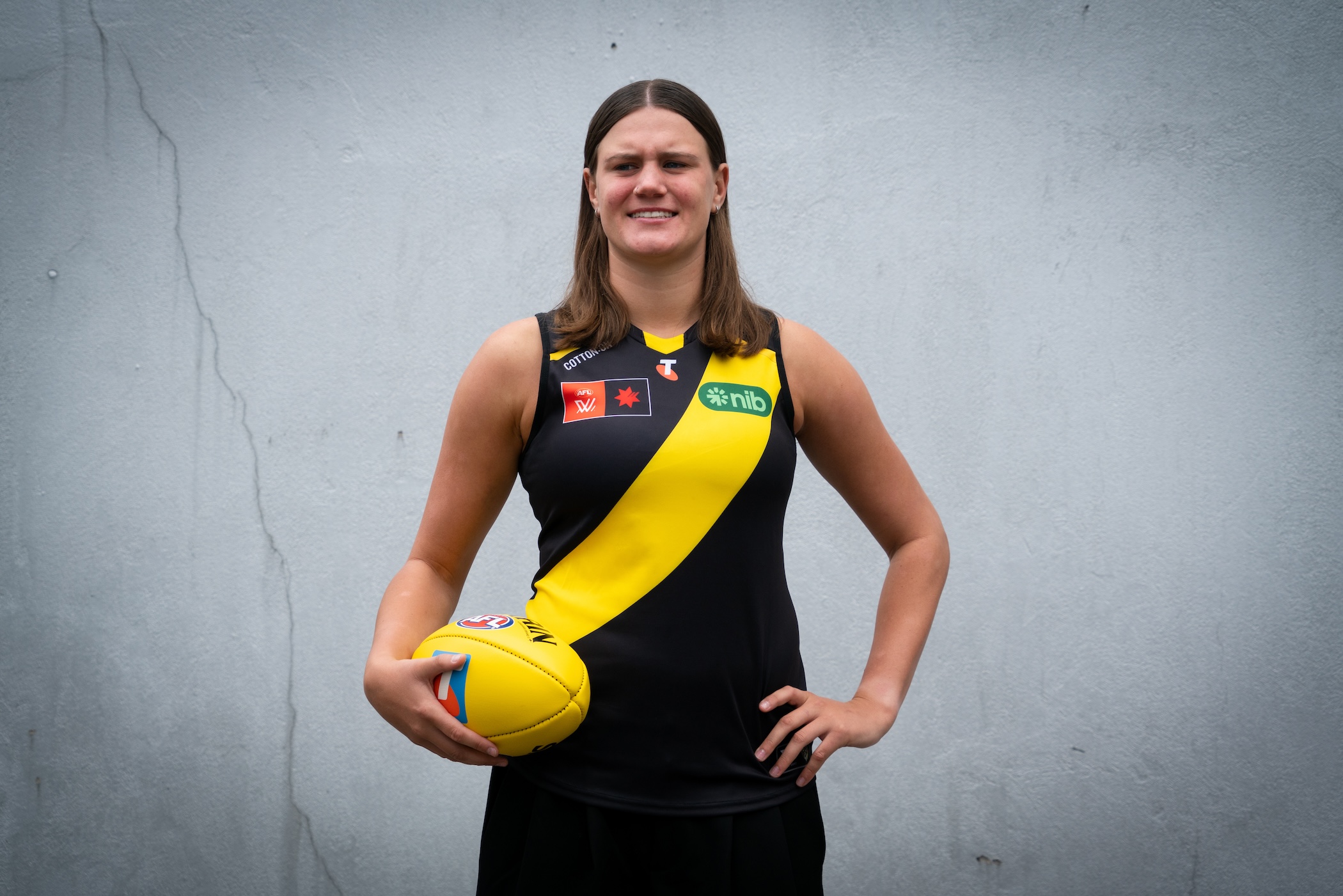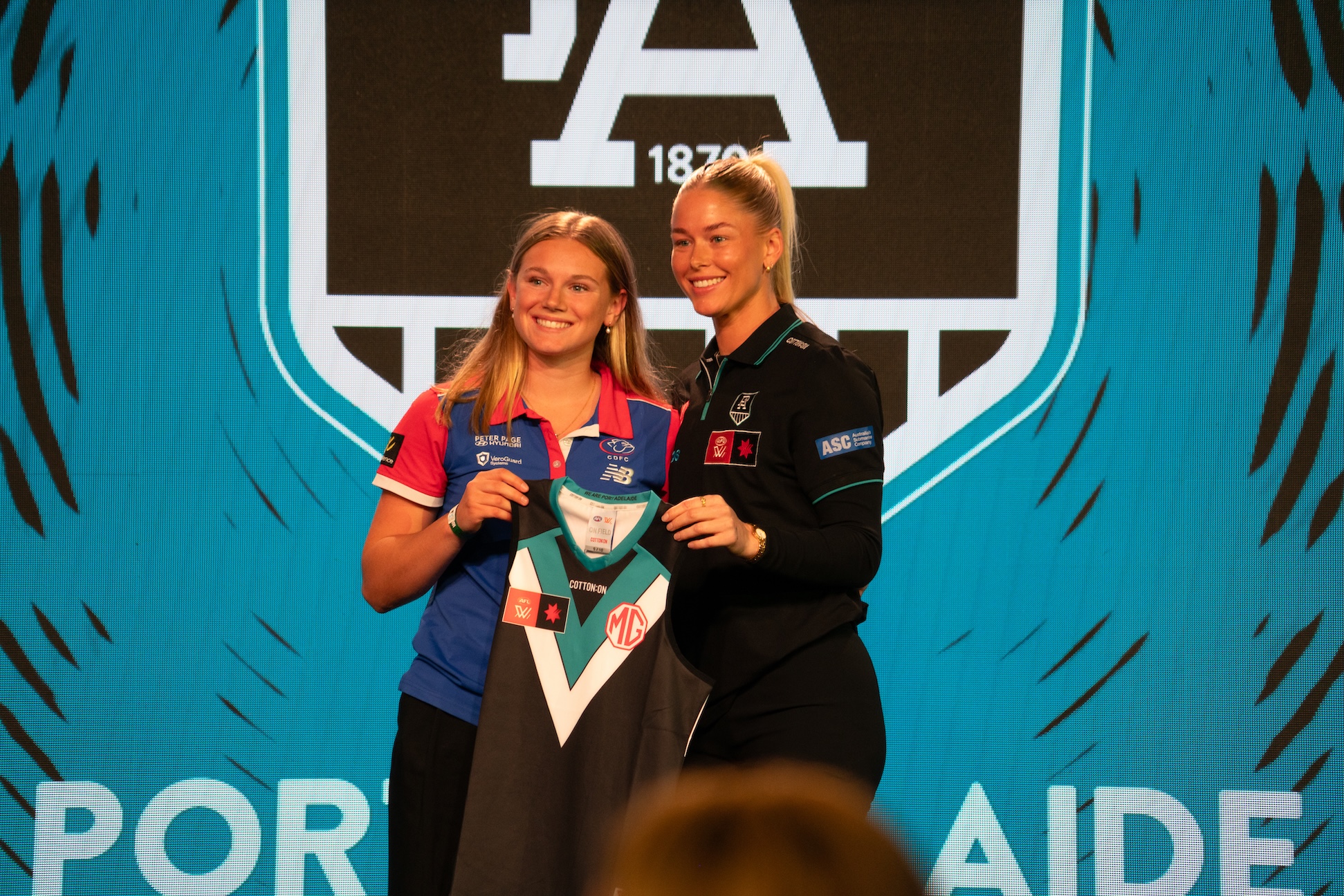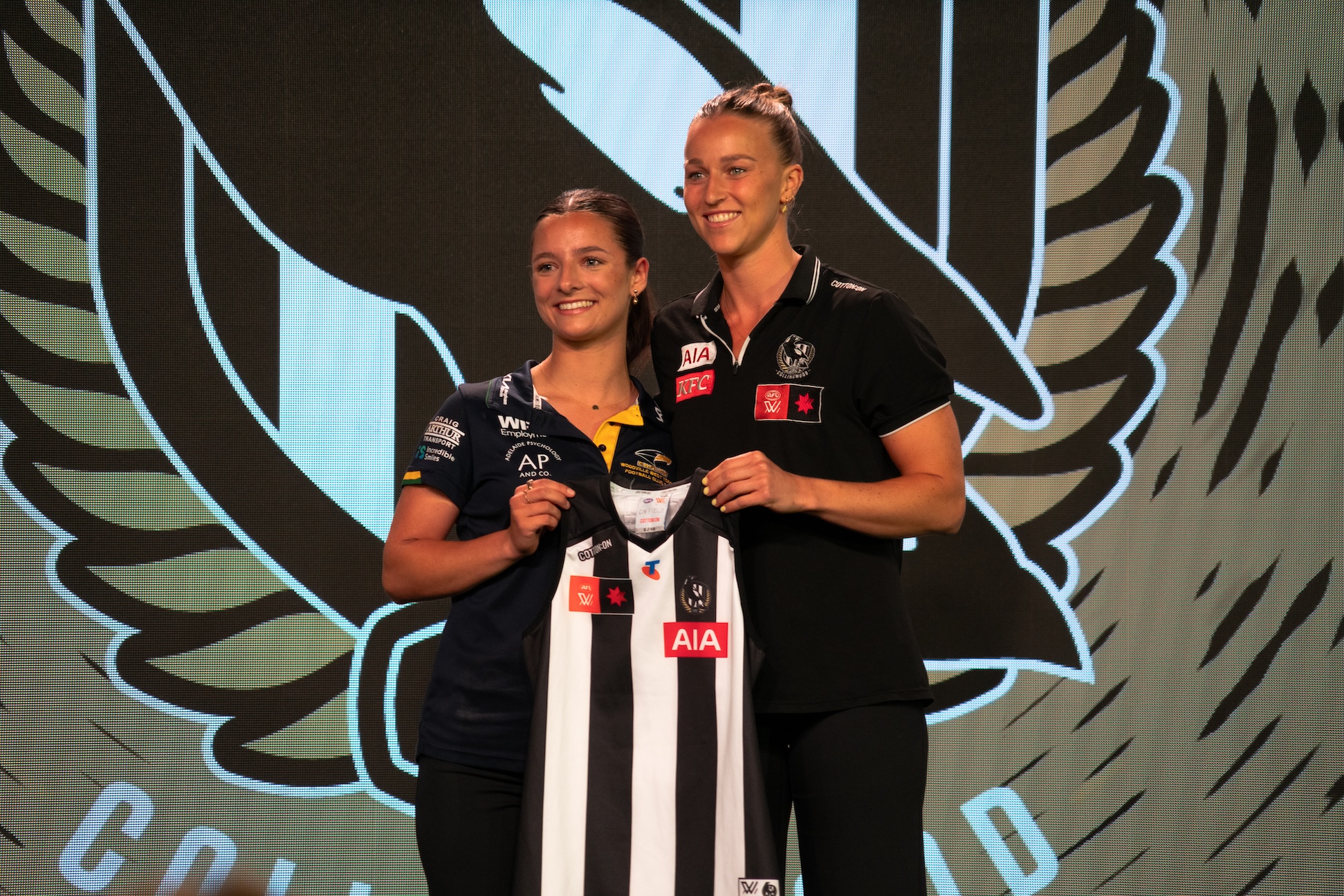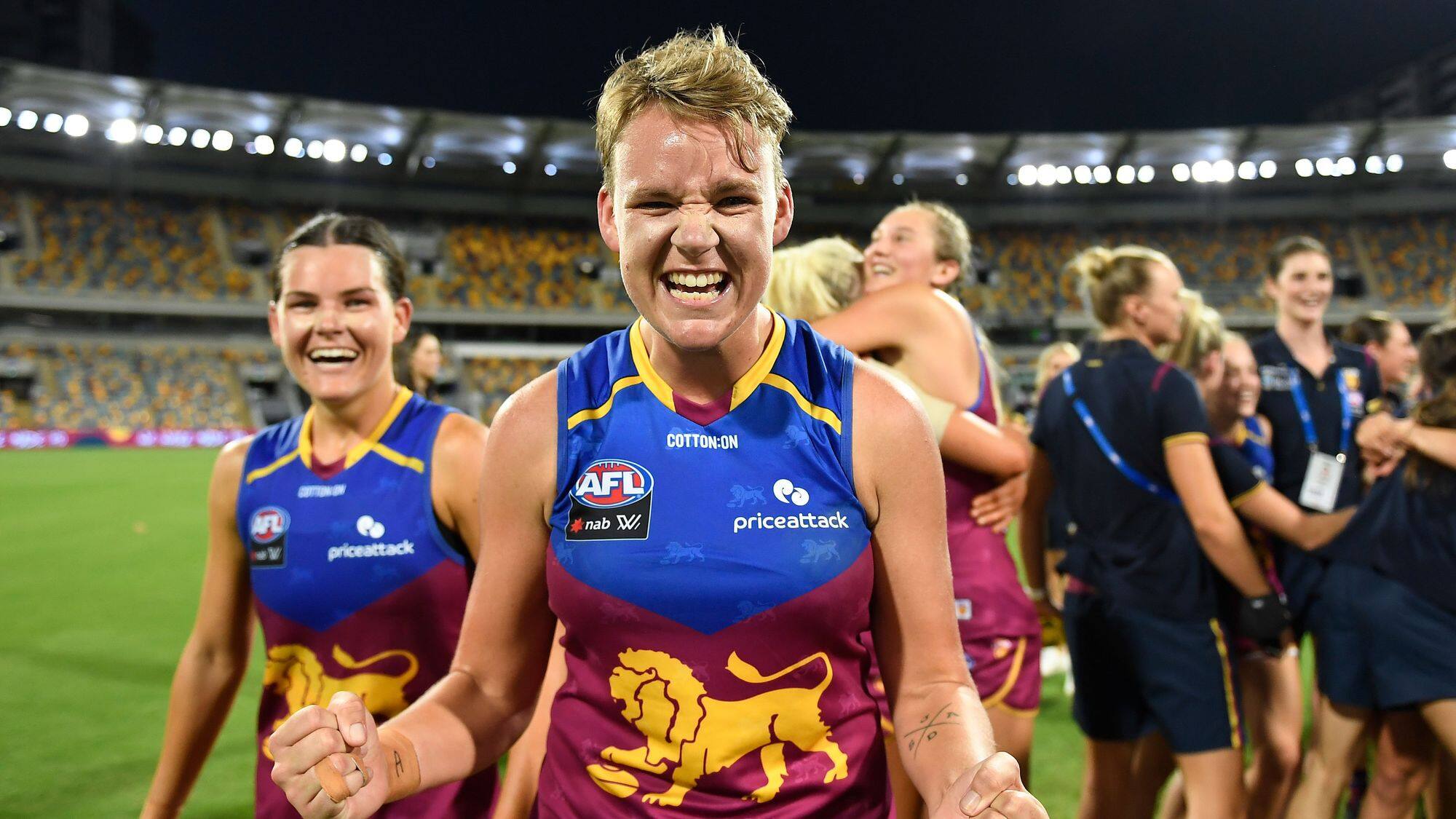WHEN Western Bulldogs young gun Isabel Huntington fell to the ground clutching her knee in pain, the AFLW community held its collective breath. The 18 year-old was just two games into her AFLW career, fighting back from an anterior cruciate ligament (ACL) injury which kept her out of her top-age draft year. Within 24 hours, she would receive news she had suffered a second ACL rupture, news which sent shockwaves throughout the league.
Sports physiotherapist and a specialist in this area, Randall Cooper sympathised with Huntington’s bad luck. But he admitted that unfortunately, her injury does support the statistics around ACL ruptures in sport, particularly for female athletes. Mr Cooper outlines three factors that back this up.
- Women are five to seven times more likely to sustain ACL ruptures compared to men;
- Players – such as Huntington – are 11 per cent more likely to suffer a second ACL rupture on their opposite knee; and
- ACL ruptures are more prevalent in the pre-season compared to the middle of winter due to ground conditions.
Flash back to round four of last year’s inaugural AFLW season, and there had been four ACL rupture cases, one of which was career-ending. Now, after just the second round of AFLW 2.0, there have been three season-ending ACL ruptures, all crushing blows to players and their families, coaches, teammates, and fans alike.
Any activity that requires change of direction, cutting, pivoting or landing on one leg, makes the ACL and the knee vulnerable to injury. These movements are very common in Australian Rules football, and hence, ACL ruptures are quite prevalent in the sport.
Mr Cooper, an expert in his field, has identified that females are much more prone to ACL ruptures than males. “It’s a common injury across both males and females, however women are more prone to it,” he said.
“Research in European handball and in soccer has found women have five to seven times more likelihood of sustaining an ACL injury in those type of sports compared to their male counterparts. Women in general have a lot more likelihood of injuring their ACL than males.”
He attributes this to the different make-up of the female body. “The geometry of the bones in females are different to males,” Mr Cooper said. “The width of the pelvis is wider in females for childbearing. As a consequence, the angle of the thigh bone to the knee, known as the ‘Q’ angle is greater in females, presenting a greater tendency for the knees to collapse medially.”
But the structural make-up of females is not the only factor that increases their likelihood of sustaining ACL injuries. “The structural setup of females is one thing, but compared to the males, the strength of the hamstring and quadriceps may also be an influence, as well as the balance of those hamstrings and quadriceps,” Mr Cooper said. “Generally, females tend to have weaker hamstrings than males. That may play a part. Also, there may be an influence in the way females generally land and change direction. Females tend to be what we call ligament-dominant.”
Mr Cooper put the impact of having smaller hamstrings into context, by relating it to studies conducted on female athletes. “When studies were conducted involving an analysis on how females jump off a box and land compared to males, females did it with a slightly different strategy,” he said. “They tended to rely more on the structural stability of the knee as opposed to using their muscles to absorb that force. Hence they were ligament-dominant.”
Melbourne Uni star Huntington, has now ruptured her ACL twice in the space of two years. But while many are surprised, Mr Cooper says this is very common.
“If you have ruptured your ACL in the past, you are much more likely to do it again and the risk is higher that you will rupture the other knee, as we saw in the case of Isabel Huntington in round two,” he said. “General statistics show you have a five per cent chance of doing the same knee; but you’ve actually got an 11 per cent chance of doing the other knee.”
The long period on the sidelines is factored by the rehabilitation process, which Mr Cooper says is a lengthy one.”Rehabilitation for a ruptured ACL is a long process,” he said. “People become reconditioned over the time they are not playing footy and in their rehab program, so their general fitness and strength goes down despite them working hard in rehabilitating themselves. “This means the non-injured knee gets a holiday from playing footy or sport.”
But even when players return to the game, Mr Cooper believes that this only makes them more vulnerable to injury. “Once they return to the game, even though that leg is really strong, they usually place more weight on the other leg to support, and it is in trusting their good leg more, that they are putting more stress on that leg making it more vulnerable to injury,” he said.
While many are surprised at the amount of ACL injuries sustained in the opening rounds of AFLW 2.0, Mr Cooper says that these types of injuries are common at the beginning of the season. “It’s the time of year,” he said.
“Data from the AFL shows that there are more ACL injuries in the pre-season and the first few rounds than there are in the middle of winter.”
Mr Cooper believes the state of the grounds are another cause of injuries. “There is more friction and traction between the boot and the ground so the twisting injuries are prevalent [in the opening rounds],” he said. “Whereas when the ground is a bit wetter and more slippery, players tend to slide rather than stick. The females are playing at that time of year so it’s not surprising there are a few of these injuries at the moment.”
Now that the AFLW is getting more physical and more competitive, Mr Cooper recommends that players should focus on injury prevention. “The intensity of the competition has gone up this season compared to last season and we may see injuries rise as a result of that,” he said. “The sport is going through an evolution where the players are training prior to Christmas and then the season goes for just a couple of months, and then they play the domestic league. This is where most of them are off on their own until they get back to the AFLW, so it’s quite a disjointed year at the moment for a female player; and self management and injury prevention is vital.”
But Mr Cooper says there are a range of ACL prevention programs on offer for female athletes. “There are ACL prevention programs that have been trialled in young female players under the age of 18,” he said. “These prevention programs can reduce the incidents of ACL ruptures by half, which is really significant. There are a few different types of programs. There is one that has been devised for soccer called the 11+ (Eleven Plus), there’s the PEP program (Prevent Injury and Enhance Performance), and there is FootyFirst, which have been researched and shown that if players do these programs thoroughly, they can significantly reduce the likelihood of having an ACL injury.”
Randall Cooper is also a former AFL physiotherapist. He recommends discussing your sports injury prevention strategy with your playing coach and referring to the following programs:
- 11+ (previously FIFA) ACL injury prevention program
- The PEP program: Prevent Injury and Enhance Performance FootyFirst progressive exercise training program

